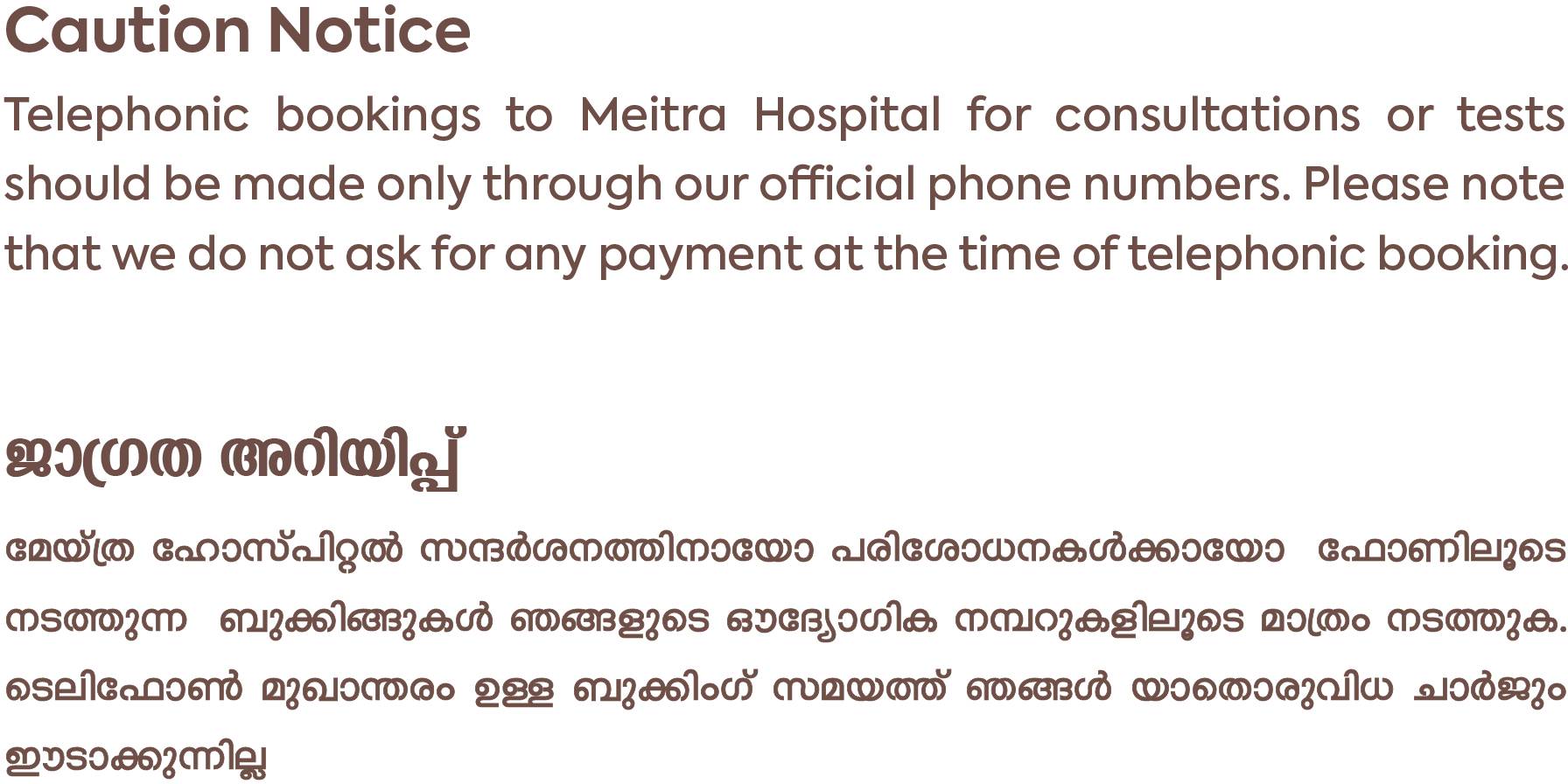- Our Doctors
- Our Specialities
Centres of Excellence
-
 Centre for Blood Diseases, BMT & Cancer Immunotherapy
Centre for Blood Diseases, BMT & Cancer Immunotherapy -
 Centre for Bone, Joint & Spine
Centre for Bone, Joint & Spine -
 Centre for Critical Care Medicine and ECMO Services
Centre for Critical Care Medicine and ECMO Services -
 Centre for Gastrosciences
Centre for Gastrosciences -
 Centre for Heart & Vascular Care
Centre for Heart & Vascular Care -
 Centre for Nephro-Urosciences
Centre for Nephro-Urosciences -
 Centre for Neurosciences
Centre for Neurosciences -
 Centre for Obstetrics and Gynaecology
Centre for Obstetrics and Gynaecology -
 Centre for Organ Transplantation
Centre for Organ Transplantation
Super Speciality
-
 Advanced Diagnostic and Interventional Radiology
Advanced Diagnostic and Interventional Radiology -
 Anesthesiology & Pain Management
Anesthesiology & Pain Management -
 Clinical Nutrition and Dietetics
Clinical Nutrition and Dietetics -
 Dental and Maxillofacial Surgery
Dental and Maxillofacial Surgery -
 Dermatology
Dermatology -
 Emergency and Trauma
Emergency and Trauma -
 Endocrinology and Metabolic Disease
Endocrinology and Metabolic Disease -
 ENT and Head & Neck Surgery
ENT and Head & Neck Surgery -
 Family Medicine
Family Medicine -
 General and Laparoscopic Surgery
General and Laparoscopic Surgery -
 General Medicine
General Medicine -
 GI Onco Surgery
GI Onco Surgery -
 GI Oncology
GI Oncology -
 GI Surgery, Advanced Laparoscopy and Gastro Oncosurgery
GI Surgery, Advanced Laparoscopy and Gastro Oncosurgery
-
- Key Procedures
- Our Hospitals
- International Patient
- Contact us
-
Quick Links


Elbow Pain
Elbow pain can be caused by a variety of factors, including injury, overuse, or underlying medical conditions. Elbow pain is a common condition that can affect people of all ages and lifestyles. To manage elbow pain, it's important to identify the underlying cause and address it accordingly.
Symptoms:
- Pain or tenderness in the elbow joint
- Swelling or inflammation in the elbow area
- Stiffness or limited range of motion in the elbow joint
- Weakness in the arm or hand
- Numbness or tingling in the arm or hand
- Difficulty gripping or holding objects
- Clicking or popping sounds when moving the elbow joint
- Redness or warmth around the elbow area
Causes
- Tennis elbow: Also known as lateral epicondylitis, this condition is caused by overuse of the tendons that attach to the outer elbow.
- Golfer's elbow: Also known as medial epicondylitis, this condition is caused by overuse of the tendons that attach to the inner elbow.
- Elbow bursitis: This condition is caused by inflammation of the fluid-filled sacs (bursae) that cushion the bones, tendons, and muscles around the elbow joint.
- Fractures: A fracture or break in one or more of the bones that make up the elbow joint can cause pain, swelling, and difficulty moving the arm.
- Arthritis: Osteoarthritis and rheumatoid arthritis can cause pain, swelling, and stiffness in the elbow joint.
- Tendinitis: Inflammation of the tendons in the elbow can cause pain, swelling, and difficulty moving the arm.
Radial tunnel syndrome: This condition is caused by pressure on the radial nerve, which runs from the upper arm to the hand, and can cause pain and weakness in the forearm and hand.
Treatments
Meet Our Doctors
Frequently Asked Questions
Can elbow pain be prevented?
Elbow pain may be prevented by maintaining proper form during physical activities, avoiding overuse and repetitive motions, and strengthening the muscles and tendons in the forearm and elbow.
How is elbow pain diagnosed?
Elbow pain is diagnosed through a physical examination, medical history, and diagnostic tests such as X-rays, MRI, and ultrasound.
When should I see a doctor for elbow pain?
You should see a doctor for elbow pain if the pain is severe, lasts longer than a few days, is accompanied by swelling or bruising, or if you have difficulty moving your arm or hand.

 +91 9393 108 108
+91 9393 108 108





















































